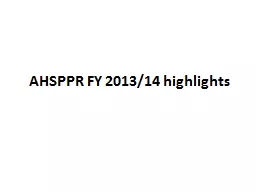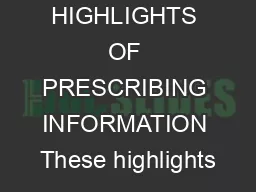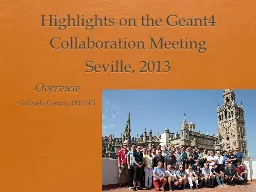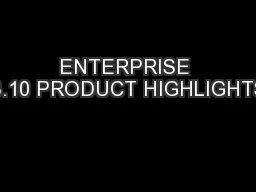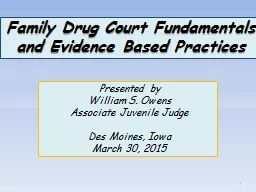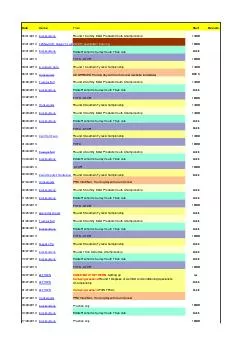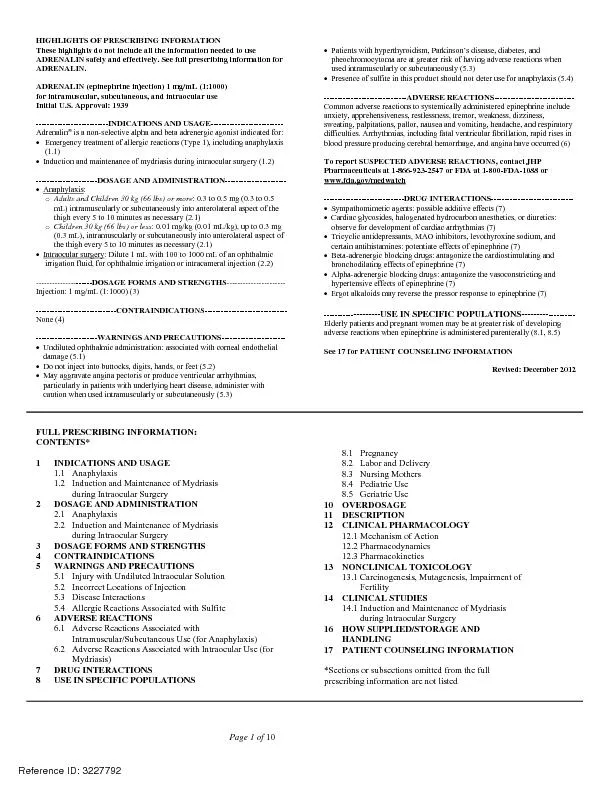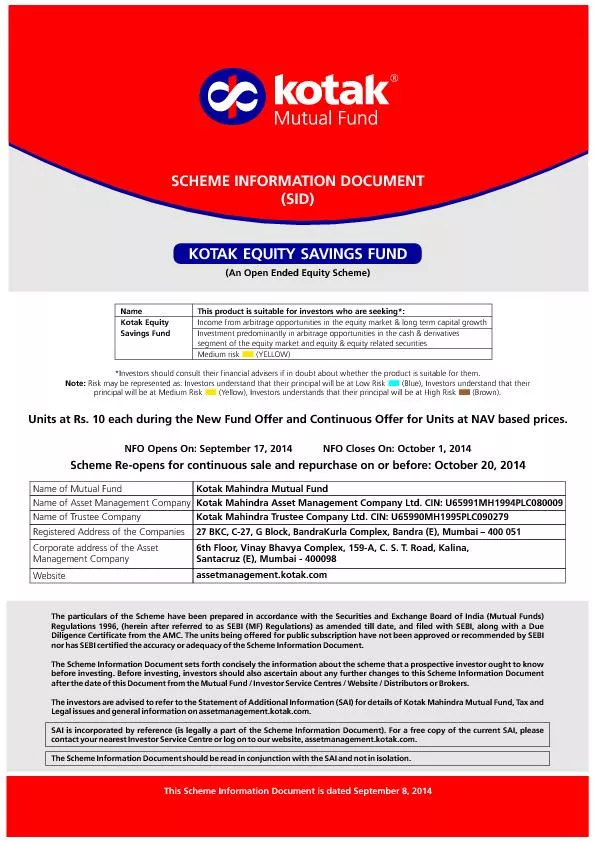PPT-AHSPPR FY 2013/14 highlights
Author : lois-ondreau | Published Date : 2016-10-11
Population denominators NBS has not yet published official projections However we have Census 2012 data for Regions and LGAs Specific age groups U1 U5 WRA We also
Presentation Embed Code
Download Presentation
Download Presentation The PPT/PDF document "AHSPPR FY 2013/14 highlights" is the property of its rightful owner. Permission is granted to download and print the materials on this website for personal, non-commercial use only, and to display it on your personal computer provided you do not modify the materials and that you retain all copyright notices contained in the materials. By downloading content from our website, you accept the terms of this agreement.
AHSPPR FY 2013/14 highlights: Transcript
Download Rules Of Document
"AHSPPR FY 2013/14 highlights"The content belongs to its owner. You may download and print it for personal use, without modification, and keep all copyright notices. By downloading, you agree to these terms.
Related Documents

